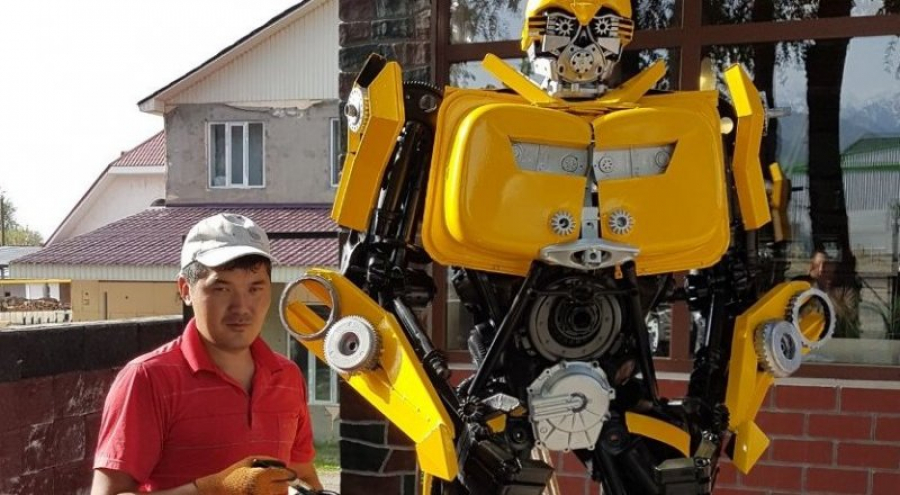
Kazakh archaeologists discovered
rare artifacts during an expedition to the Pavlodar region. The most unique and
valuable of these finds is a bronze spearhead, presumed to date back to the mid
13th to 8th centuries BCE, belonging to the Sargarin-Alexeyev culture.
Fragments of pottery kitchen utensils were also uncovered during the
excavations.
«The patterns on the discovered
ceramic fragments were created using fingernails, a common decoration method at
the time. The next piece of pottery follows the same style but has a smoother
exterior. Another ceramic fragment features a comb-pattern design,
incorporating both triangular shapes and straight lines. The patterns on the
fragments found at the Koktas complex resemble those from Novosibirsk but are
distinct in their closely spaced arrangement,» said Dias Ibrayev, a student of
the Institute of Archaeological Research at Margulan Pavlodar Pedagogical
University.
There are more than 20 burial mounds
in the area, some of which date back to the Saka period. A large number of
human and animal remains have been found in these burials.
«During our research, at a depth
of 30 centimeters in the burial pit, we discovered an earring that is highly
characteristic of the Saka period, allowing us to approximate the artifact’s
dating. We also determined the burial orientation of the individual in the pit,
which was from west to east. Unfortunately, due to the unique soil conditions
at this site, preserving the skeleton of the interred individual is not
possible. Our next task is to carefully continue the study to determine the
individual’s gender and approximate age, as well as to uncover additional
artifacts,» said Vladislav Golodenko, a staff member of the Institute of
Archaeological Research at Margulan Pavlodar Pedagogical University.
Buildings dating back 3,500 years
were also discovered at the excavation site, along with mines where copper ore
was extracted and processed. The artifacts found are currently undergoing
necessary laboratory processing.









